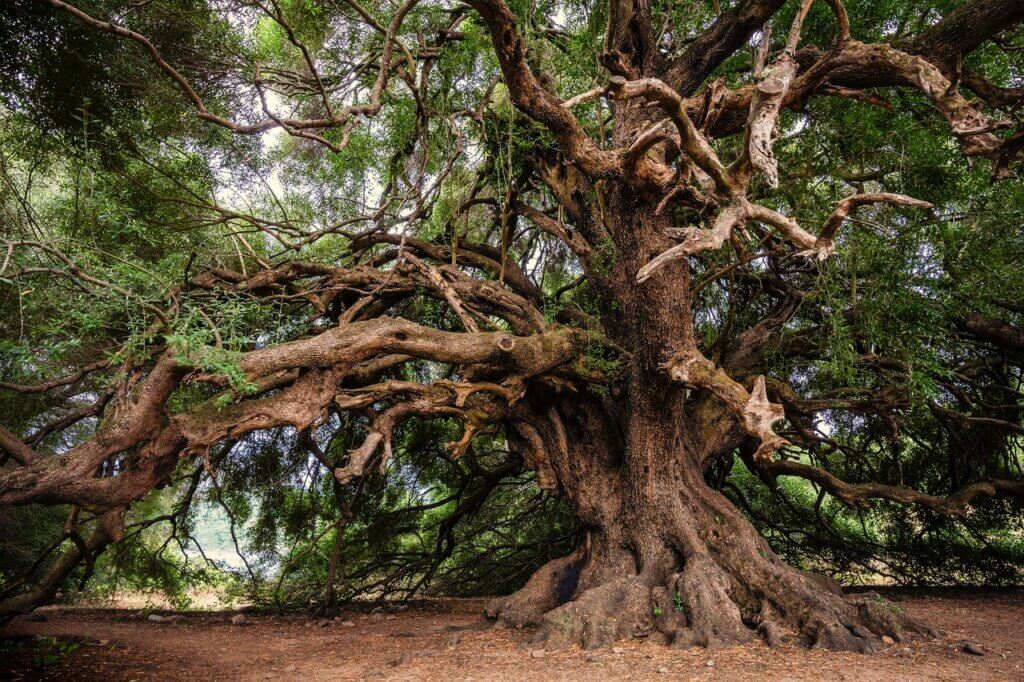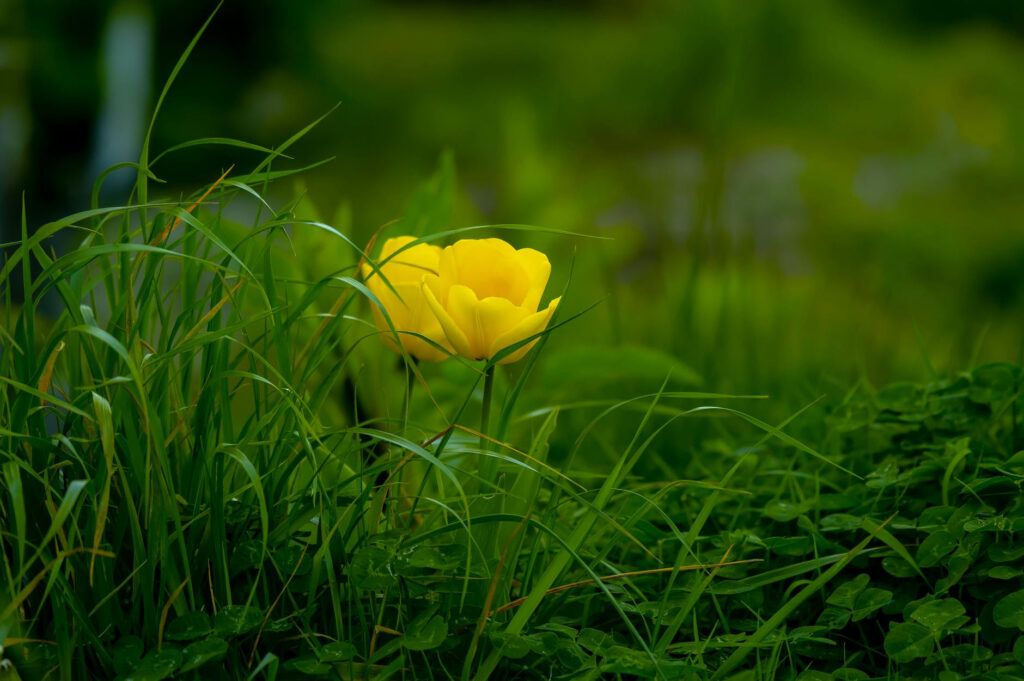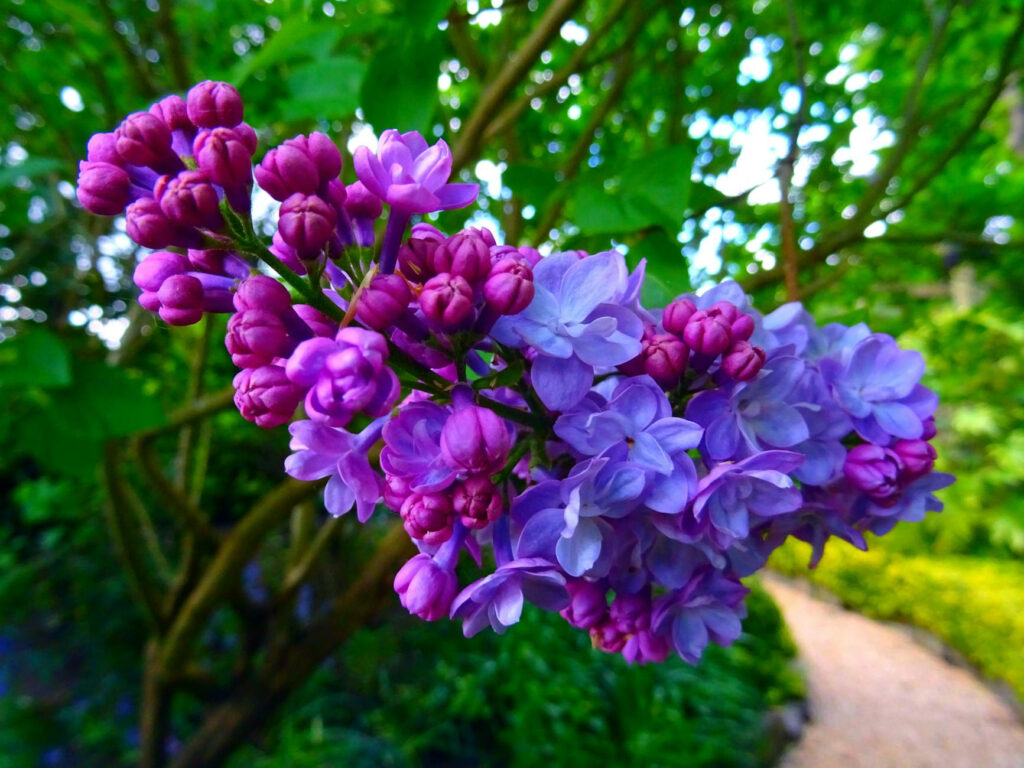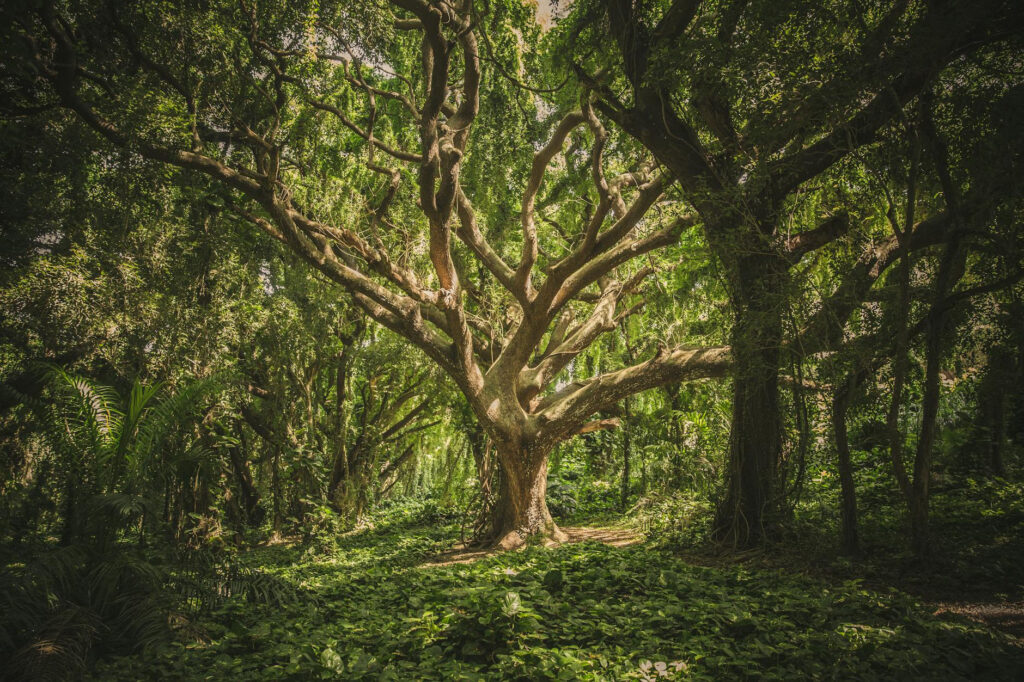At the time wild olive branches are grafted into the mother olive tree in order to keep it alive when its top has died, the Lord of the vineyard transplants several of its tender branches into the nethermost parts of his vineyard (Jacob 5:7–14). Each of these bears good fruit for a time (Jacob 5:17–28).
We gain the first clue who the daughter trees are when the Lord of the vineyard and his servant inspect the transplanted branches: “And it came to pass that they went forth whither the master had hid the natural branches of the tree, and he said unto the servant: Behold these; and he beheld the first that it had brought forth much fruit; and he beheld also that it was good” (Jacob 5:20). This branch had been planted in “a poor spot of ground” (Jacob 5:21).
The second branch—though planted in an even poorer spot of ground—similarly brought forth much fruit: “And it came to pass that the Lord of the vineyard said unto his servant: Look hither; behold I have planted another branch of the tree also; and thou knowest that this spot of ground was poorer than the first. But, behold the tree. I have nourished it this long time, and it hath brought forth much fruit” (Jacob 5:23).
Then the third or “last” branch: “And it came to pass that the Lord of the vineyard said again unto his servant: Look hither, and behold another branch also, which I have planted; behold that I have nourished it also, and it hath brought forth fruit. And he said unto the servant: Look hither and behold the last. Behold, this have I planted in a good spot of ground; and I have nourished it this long time, and only a part of the tree hath brought forth tame fruit, and the other part of the tree hath brought forth wild fruit” (Jacob 5:24–25).
Note the anchor description of the “spot of ground,” which occurs just three times, not four. The word “last,” moreover doesn’t refer to a fourth tree, but to the third tree just mentioned, it being a word link to the expression, “the first shall be last and the last first” (see Jacob 5:63; Matthew 19:30; 1 Nephi 13:42).
The next time the Lord of the vineyard and his servant visit the trees is after “a long time had passed away”—when “the time draweth near, and the end soon cometh” (Jacob 5:29), signifying the end-time:
First, the mother tree: “And they came to the tree whose natural branches had been broken off, and the wild branches had been grafted in; and behold all sorts of fruit did cumber the tree. And it came to pass that the Lord of the vineyard did taste of the fruit, every sort according to its number. . . But behold, this time it hath brought forth much fruit, and there is none of it which is good. And behold, there are all kinds of bad fruit” (Jacob 5:30–32).
Then the daughter trees: “And it came to pass that they went down into the nethermost parts of the vineyard. And it came to pass that they beheld that the fruit of the natural branches had become corrupt also; yea, the first and the second and also the last; and they had all become corrupt. And the wild fruit of the last had overcome that part of the tree which brought forth good fruit, even that the branch had withered away and died” (Jacob 5:39–40).
That situation exists until the Lord of the vineyard appoints his end-time servant and fellow-servants to graft the natural branches back into their mother tree, and branches from the mother tree into the daughter trees (Jacob 5:61–77). That situation also accords with the words of Isaiah concerning God’s end-time people’s laboring in a state of spiritual degradation until the Lord appoints his end-time servant and fellow-servants to restore the house of Israel.
Isaiah depicts the three restored branches of the house of Israel, when he says, “In that day shall Israel be the third party to Egypt and to Assyria, a blessing in the midst of the earth. Jehovah of Hosts will bless them, saying, Blessed be Egypt my people, Assyria the work of my hands, and Israel my inheritance” (Isaiah 19:24–25). That is, (1) Lehi’s descendants—Isaiah’s “Egypt” functioning as a codename of America; (2) Israel’s Ten Tribes—those who return from end-time “Assyria”; and (3) the Jews—those who inherit the ancient Land of Israel.












